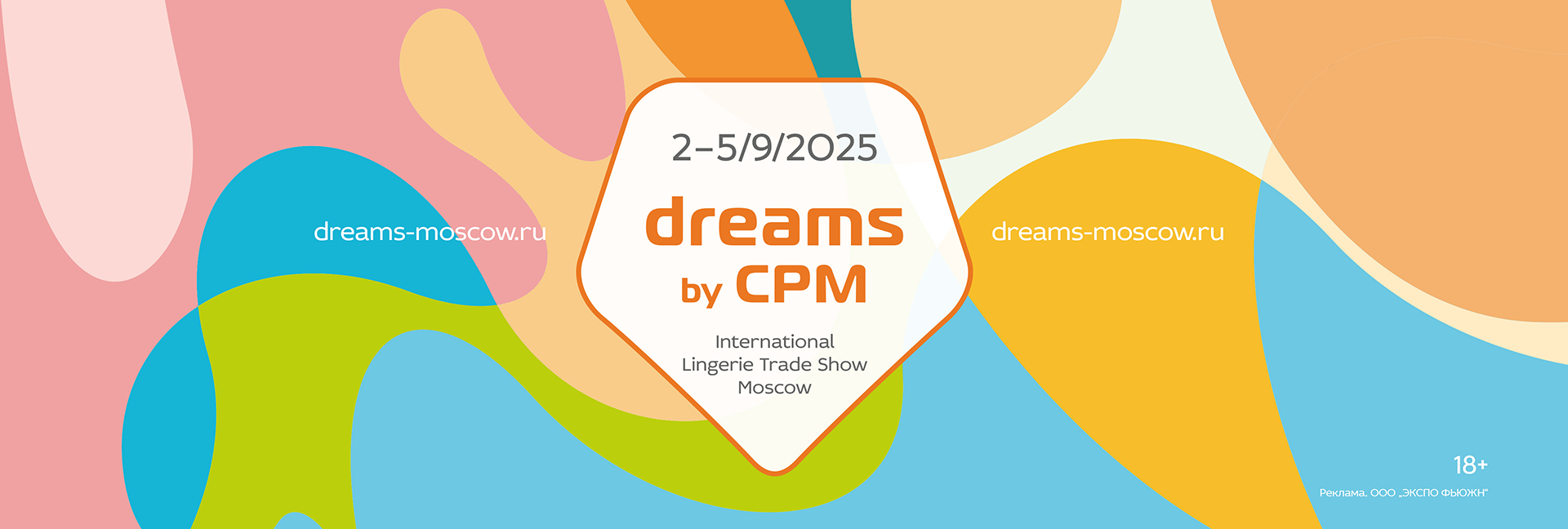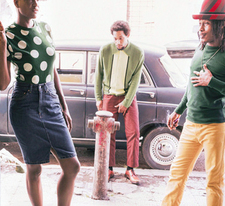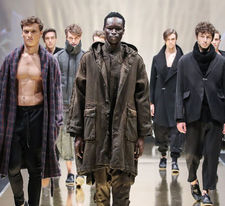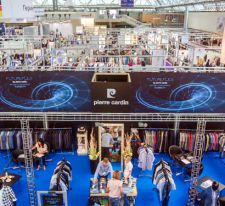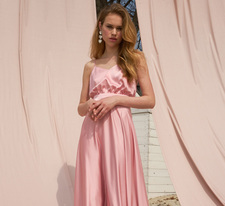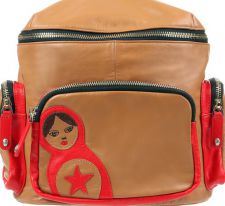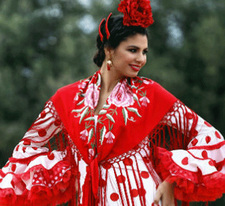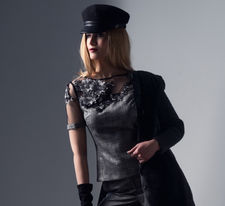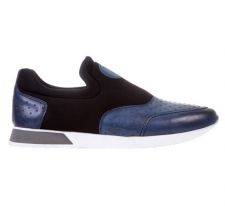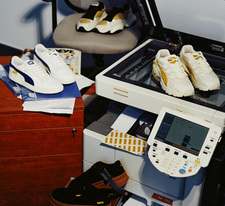Allocation of costs for creating a demo collection
Allocating the cost of creating a demo collection to the cost of products from contract production is a difficult task, especially with an unknown volume of future orders. Here is a step-by-step method that can help in this process:
1. Estimate the cost of creating a demo collection.
This includes:
- The cost of materials.
Materials: main fabric and lining.
Accessories: zippers, buttons, threads, etc.
Auxiliary materials: needles, pins, etc.
- The work of designers and seamstresses.
Selection of fabrics and accessories, creating patterns, tailoring, etc.
- The cost of photo shoots and marketing materials.
Rent a photo studio, work as a photographer, model and make-up artist
- Other expenses (logistics, rental of premises, etc.).

2. Estimate the potential volume of orders.
This will be a rough estimate, but important for forecasting. You can rely on:
- Your target audience
If there is none, then determine for yourself who your customer will be: create a clear and distinct image of your customer (age, gender, interests, needs, etc.).
- Market and demand analysis.
What is relevant this season and what will be relevant next.
If there is an offline store, compare your assortment with that of a competitor. You need to understand what you can offer your client that your competitor cannot offer.
- Previous sales (if any).
- Surveys and preliminary agreements with buyers and wholesalers.
- Consultations with industry experts
3. Determine the depreciation of the demo collection costs
Allocate the cost of creating a demo collection to the projected sales volume. For example, if creating a demo collection cost 1,000,000 rubles and you predict sales of 10,000 units per year, then each copy will be additionally burdened with 100 rubles.
4. Calculate the total cost.
Fold all the components:
Calculation example:
1. Direct production costs: 1000 rubles (the cost of contract production).
2. Depreciation of the cost of the demo collection: 100 rubles (as calculated above).
3. Additional costs: 150 rubles (logistics, packaging, etc.).
4. Marketing and administrative expenses: 100 rubles.
The total cost of the product = 1000 + 100 + 150 + 100 = 1 350 rubles
5. Product margin factor
Wholesale the price is always lower than the retail price, and the cost is even lower.
- The margin formula for deducting the wholesale price Product cost * N = wholesale price
Where N is the coefficient of profitability, is equal to:
- 2
- 2,5
- 3
* Depending on the segment of the brand being sold. The brand's luxury ratio will be higher than 3.
* Each manufacturer chooses which profitability coefficient suits him, the figures may be different.
The margin factor depends on the product itself. For example, the cost of a coat is always high, and if its cost is multiplied by 3, the price may become even higher to the wholesale price, and the store will become even more expensive. Therefore, a complex -cut coat and a light-cut dress will have different coefficients. It is in this case that the coefficient for coats can drop below 2. These solutions are discussed at meetings of financiers and technologists.
Calculation example:
Wholesale price = 1350 * 3 = 4,050 rubles
- The formula for the retail price markup with the involvement of intermediaries
Cost price * P * N = retail price
N- the coefficient of profitability is equal to:
- 2
- 2,5
- 3
P-the coefficient of the wholesale price, is equal to:
- 2
- 2,5
- 3
Calculation example:
1350 * 2* 3 = 8 100 rubles
* Each manufacturer chooses which profitability coefficient suits him, the figures may be different, but most often the range is from 2 to 3.
Also , production costs will depend on the supply chain: the more intermediaries, the higher the costs will be.
- The formula for the retail price markup without intermediaries
This formula applies when you work with your own store and without cooperation with buyers.
Cost price * A = retail price
A is the retail coefficient, equal to:
- 4
- 4,5
- 5
* Each manufacturer chooses which retail price coefficient suits him, the numbers may be different, but most often the range is from 4 to 5.
Calculation example:
1350 * 5= 6,750 rubles
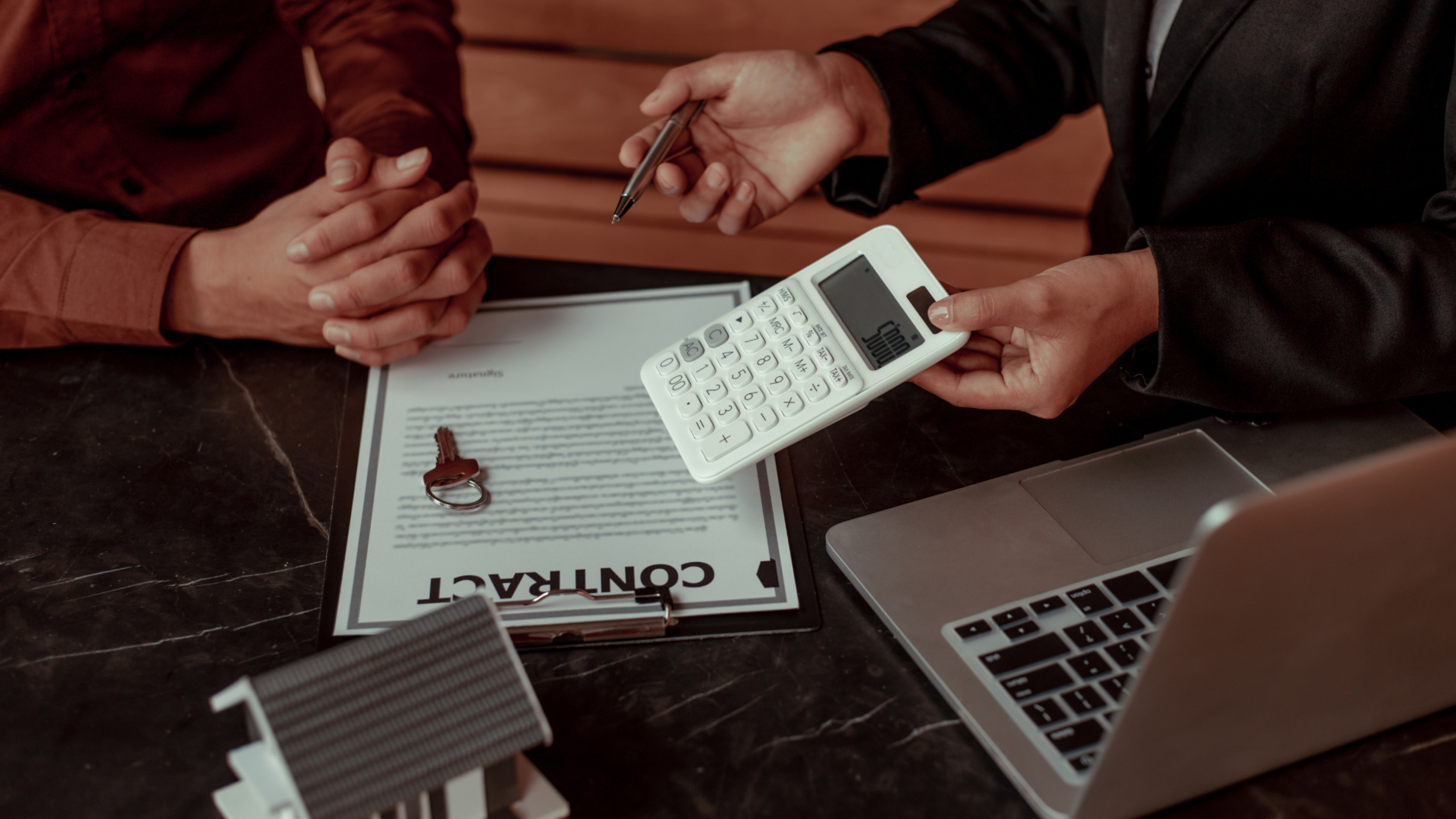
6. Adjustment based on actual sales
After the first sales and getting more accurate data on demand, adjust your calculations. If the volume of orders turns out to be higher or lower than predicted, review the depreciation of the demo collection costs.
Options for financing the cost of a demo collection
- Investments: attracting investors to cover the costs of the demo collection.
- Pre-orders: Offer buyers the opportunity to make pre-orders based on the demo collection, which will help cover some of the costs in advance.
- Grants and Subsidies: Explore the possibilities of obtaining grants or subsidies for fashion startups.
This method allows you to take into account the costs of a demo collection and intelligently allocate them to the cost of future orders, ensuring adequate pricing and sustainable brand development.
Do you want to keep up to date with the main events in the fashion industry and brand news?
